[ad_1]
Whether or not or not you’re a brand-new gardener wanting forward to harvesting your first homegrown tomato or have on no account spent a day with out grime beneath your fingernails, deciding on out the precise fertilizer to your yard could also be tough. Considering all the liquid, granular, synthetic, and pure fertilizers obtainable, it could be robust to know which product to resolve on. And whilst you add the fully completely different nutritional vitamins in each fertilizer, points can flip into far more sophisticated!
Attempting on the NPK ratio is one resolution to look at fertilizers and resolve which one is biggest to your crops. All fertilizers ought to present this data, which states the amount of nitrogen, phosphorus, and potassium throughout the product. On this text, I’ll cowl additional particulars regarding the NPK ratio and the way one can use it to select a suitable fertilizer to your yard.
Sooner than you apply any fertilizers, consider to perform a soil check out. This presents you an appropriate view of which nutritional vitamins are already present throughout the soil and which can be poor. Together with nutritional vitamins to the soil that it doesn’t actually need causes additional damage than good.
What Does NPK Indicate?
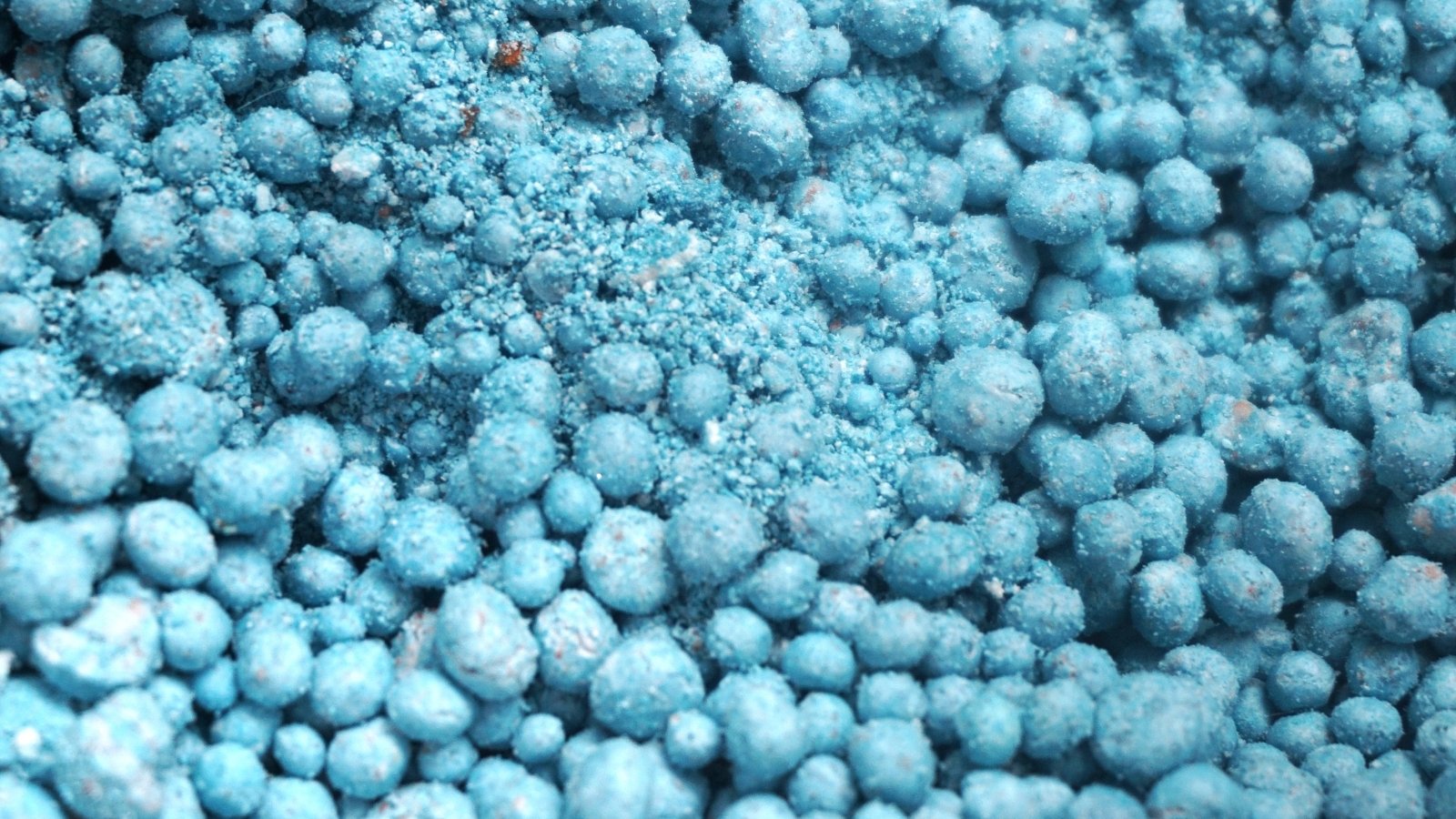

Whilst you flick via fertilizers, one in every of many first stuff you’ll see is three numbers in a row separated by dashes. Gardeners and soil properly being consultants seek advice from these numbers as a result of the NPK ratio since they seek the advice of with the amount of nitrogen (N), phosphorus (P), and potassium (Okay) throughout the fertilizer. These are the three macronutrients that vegetation require huge portions of to develop and keep healthful.
It’s okay to suppose the NPK numbers seek the advice of with the amount of nitrogen, phosphorus, and potassium throughout the fertilizer. Nevertheless acknowledge these numbers actually seek the advice of with the entire amount of nitrogen (N), phosphate (P₂O₅), and potash (K₂O) by weight. For example, a 100-pound bag of fertilizer labeled 15-7-8 incorporates 15 kilos of nitrogen, seven kilos of phosphate, and eight kilos of potash. The remaining 70 kilos are inert supplies or plant secondary nutritional vitamins or micronutrients.
Given that NPK ratio solely tells you regarding the three macronutrients, it is important to look nearer on the fertilizer bundle deal to check what secondary nutritional vitamins and micronutrients the product incorporates. Most fertilizers guidelines each different present nutritional vitamins and embody their share by weight. For example, a fertilizer bundle deal would possibly say it incorporates 2% sulfur and 0.5% manganese. If a specific issue isn’t listed on the bundle deal, you’ll assume it isn’t throughout the fertilizer.
Understanding Plant Macronutrients
As I mentioned above, the NPK ratio refers again to the amount of nitrogen, phosphorus, and potassium in a fertilizer. All vegetation need huge portions of these nutritional vitamins to thrive, so of us seek the advice of with this trio as macronutrients. However, a number of forms of vegetation require fully completely different portions of each nutrient.
Finding out how vegetation use the three macronutrients might aid you understand learn how to resolve on a fertilizer that gives merely the right amount of each nutrient.
Nitrogen
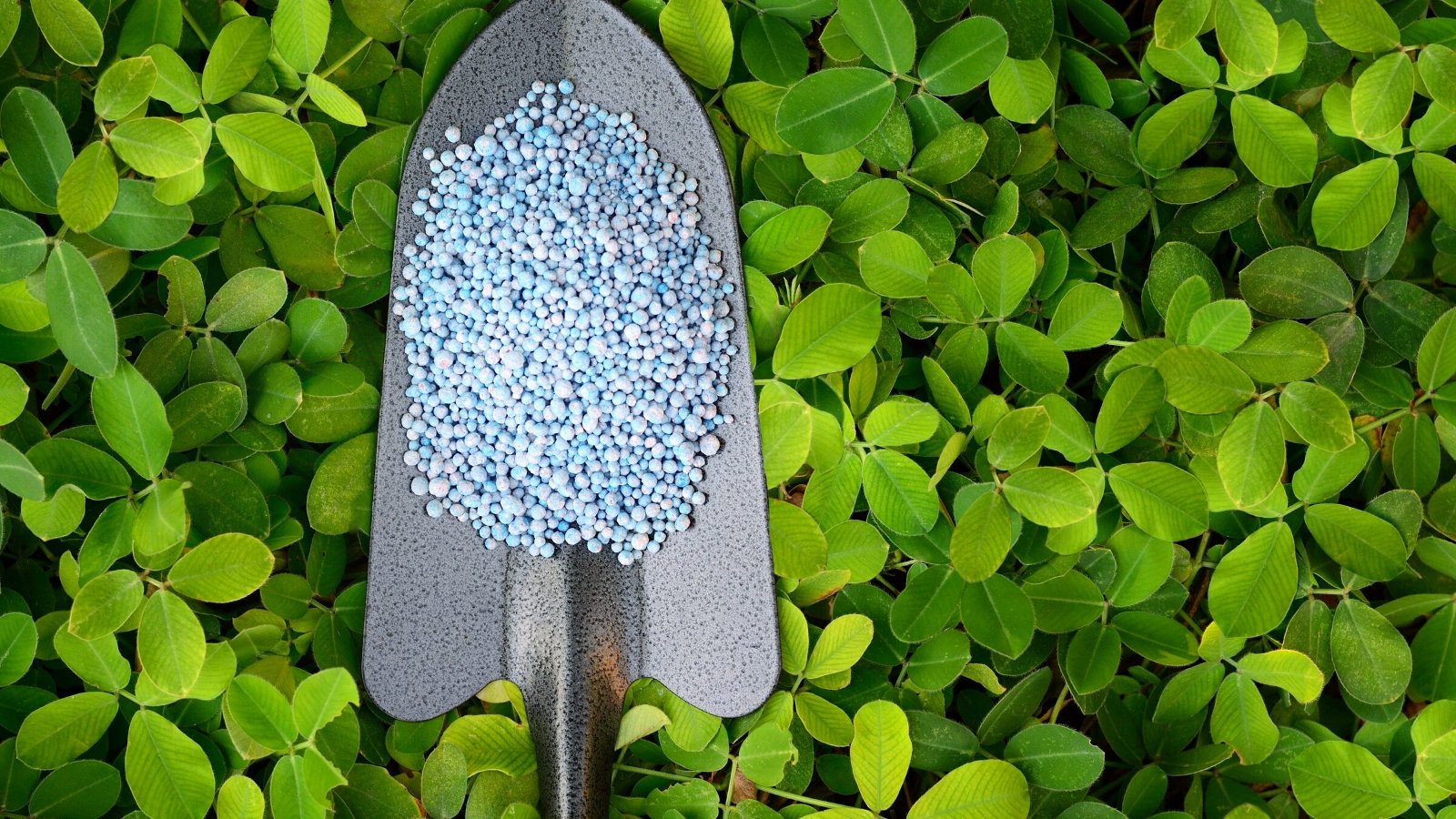

Nitrogen, symbolized by the letter N, is a big establishing block of amino acids. These amino acids be part of collectively to form proteins, along with structural proteins that make up plant tissue and enzymes that drive processes like respiration and photosynthesis.
Nitrogen may be an integral a part of chlorophyll, the molecule that captures photograph voltaic vitality, which vegetation use to complete photosynthesis. That’s why vegetation which could be low in nitrogen develop gentle inexperienced or yellow leaves, and other people with an extreme quantity of nitrogen have deep inexperienced leaves.
Within the occasion you choose to utilize pure fertilizers, you may discover many nitrogen sources. Some widespread, pure, nitrogen-rich fertilizers embody blood meal, feather meal, alfalfa meal, and fish fertilizer. Synthetic forms of nitrogen are produced in a lab and embody ammonium nitrate, urea, and diammonium phosphate.
The Nitrogen Cycle
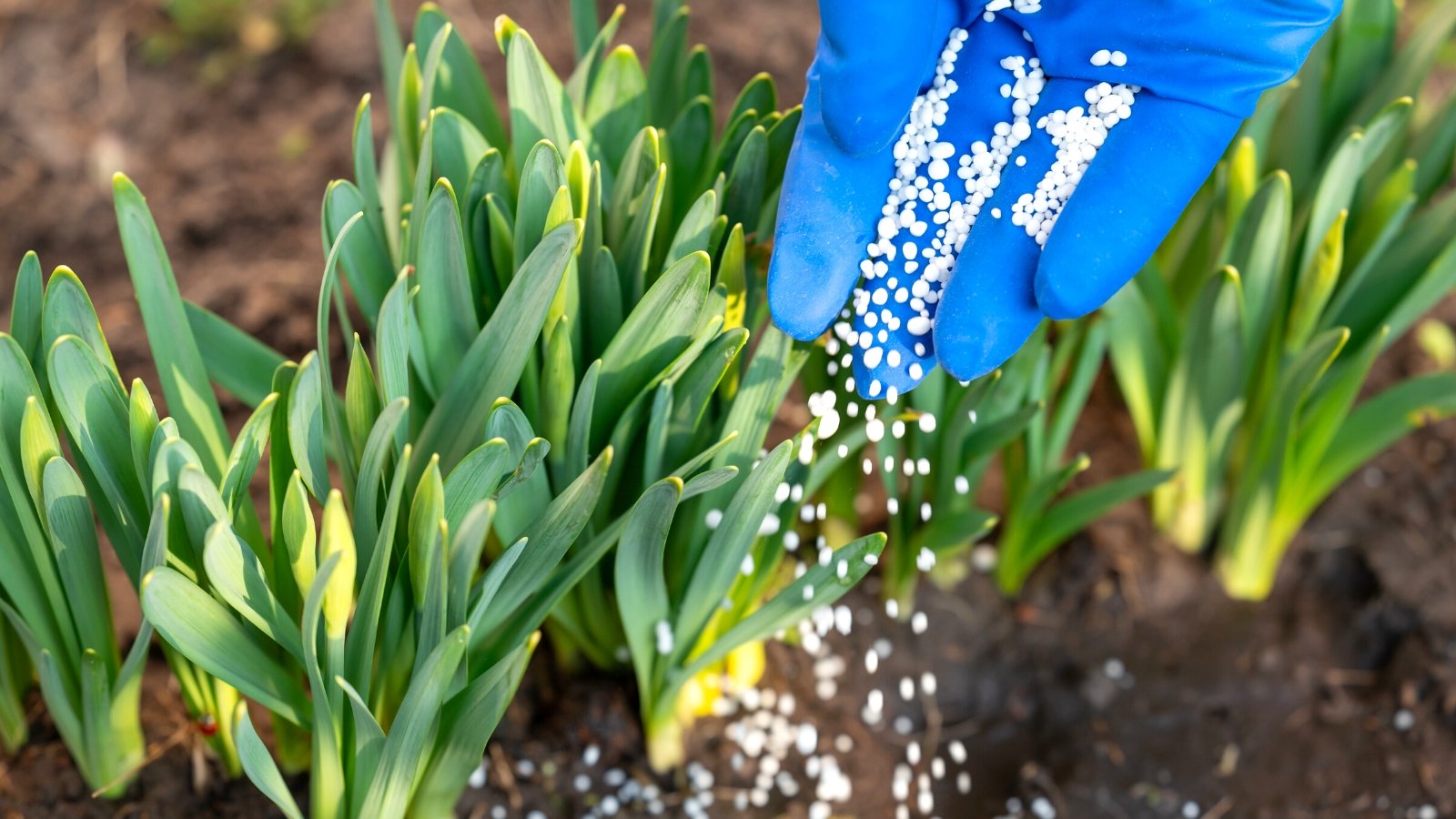

Sooner than you apply nitrogen fertilizer, it’s helpful to understand how it strikes by means of the environment. Whereas some nutritional vitamins keep throughout the soil for years on end, nitrogen is probably going one of the crucial unstable plant nutritional vitamins. It’s all the time altering sorts and transferring all via the environment, so plant-available nitrogen is always altering.
Nitrogen can escape from the soil by volatilizing into nitrogen gasoline and escaping into the ambiance, and nitrogen inside the kind of nitrate can leach out of the soil and into surrounding waterways. As a consequence of this reality, it’s very important to not over-apply nitrogen fertilizer.
Within the occasion you’re using pure sources of nitrogen, you will need to additionally keep in mind that vegetation can’t take up the large nitrogen-containing compounds present in pure matter. First, micro organism ought to convert these greater compounds into plant-available forms of nitrogen: nitrate and ammonium. Vegetation can then take up and use the nitrogen. That’s to not say that pure fertilizers are any a lot much less environment friendly than synthetic fertilizers, nevertheless attempt to take heed to the importance of helpful micro organism in making nitrogen obtainable to vegetation.
Phosphorous
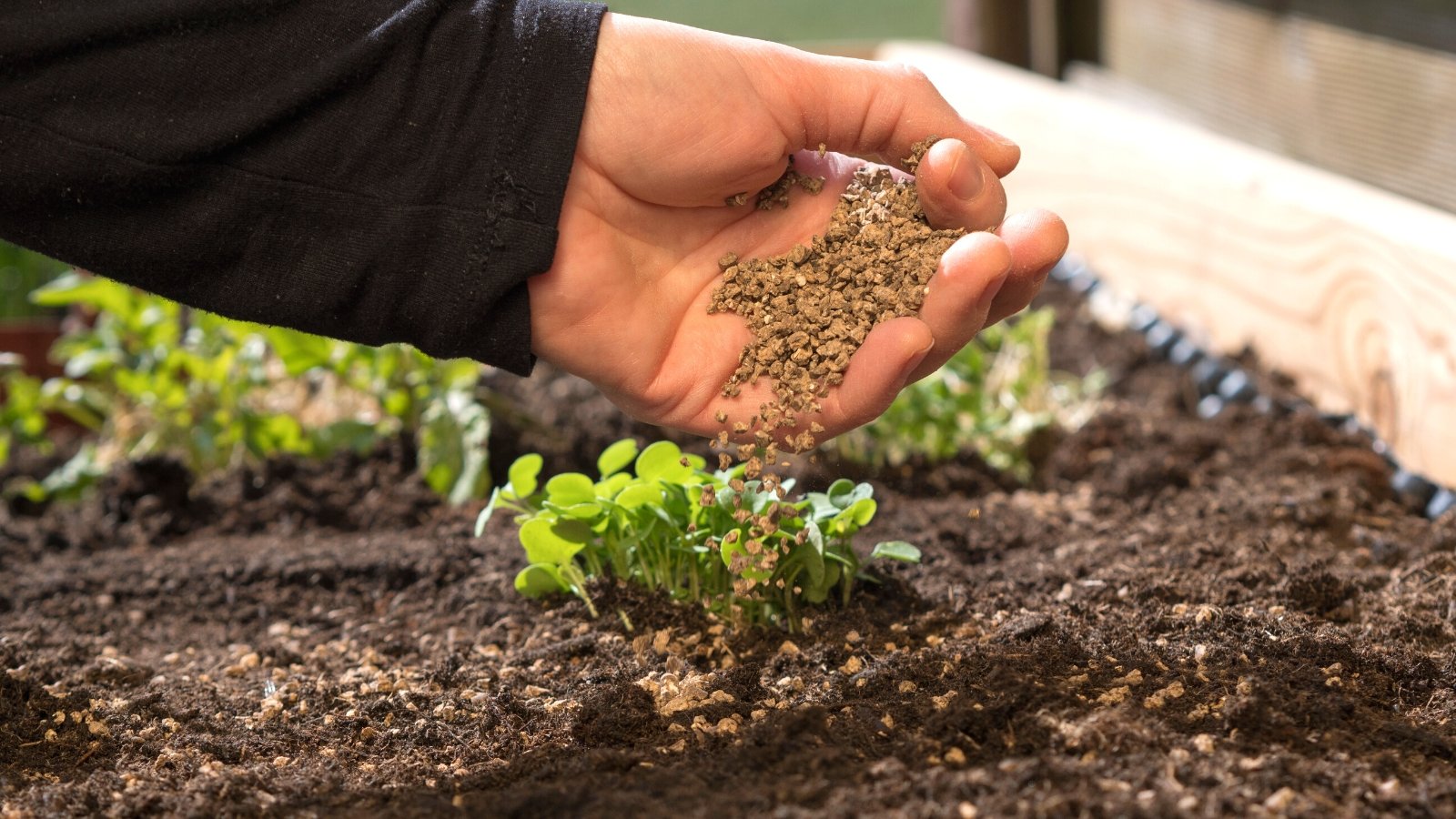

Symbolized by the letter P, phosphorus is a vital factor of plant genetic supplies (DNA). It’s moreover an very important factor of RNA, the compound that reads DNA and interprets the genetic data to the plant.
Phosphorus may be an essential part of the vitality storage and swap molecule ATP (adenosine triphosphate). Vegetation produce ATP all through photosynthesis after which use the molecules’ saved vitality to drive processes, along with cell division and carbohydrate formation.
Whilst you put these two options collectively, you’ll see that phosphorus is crucial for a wide range of plant processes. It helps with root progress, flower formation, sickness resistance, and fundamental plant properly being. Vegetation lacking phosphorus might sound stunted, and their older leaves would possibly flip purple.
Some organically accepted sources of phosphorus embody bone meal and rock phosphate. Whereas these provides are “pure” throughout the sense that they arrive from pure sources, they aren’t carbon-containing molecules. However, most of the phosphorus in these pure fertilizers is held in inorganic minerals, the place it stays unavailable for plant uptake. These minerals slowly break down over time and improve the amount of soluble, plant-available phosphorus throughout the soil.
Potassium


Potassium, symbolized by the letter Okay, is the final word plant macronutrient. Not like nitrogen and phosphorus, potassium is not a part of plant constructions. As an alternative, it acts as a messenger molecule.
It strikes water, nutritional vitamins, and carbohydrates all via a plant and likewise prompts enzymes. Since potassium strikes water and nutritional vitamins to new cells, potassium-deficient vegetation would possibly develop discolored or curled leaf concepts. These vegetation are moreover additional susceptible to wilting on scorching, sunny, and/or windy days.
Pure potassium sources embody langbeinite, potassium sulfate, and sunflower hull ash.
What Are the Utterly completely different Types of NPK Ratios?
Now that you just perceive regarding the three macronutrients and their significance to vegetation, let’s take a look at how of us label fertilizers based totally on their NPK ratios.
Full Fertilizers


Full fertilizers seek the advice of with merchandise that embrace nitrogen, phosphorus, and potassium. These merchandise don’t want to incorporate an equal amount of each macronutrient, nevertheless they’ve to incorporate not lower than a number of of each.
Full fertilizers would possibly solely embrace the three macronutrients, or they may moreover embrace secondary nutritional vitamins and micronutrients. Some full fertilizers embody a single supplies like fish emulsion or cottonseed meal, and others are created from a mixture of some fully completely different provides.
Full fertilizers are an excellent option to your yard in case your soils lack nitrogen, phosphorus, and potassium. Merely make sure you choose a product with the right amount of each nutrient. Within the occasion you’re undecided about how a whole lot of each nutrient to make use of, conduct a soil check out and attain out to your native agricultural extension office for help translating the outcomes.
Balanced Fertilizers
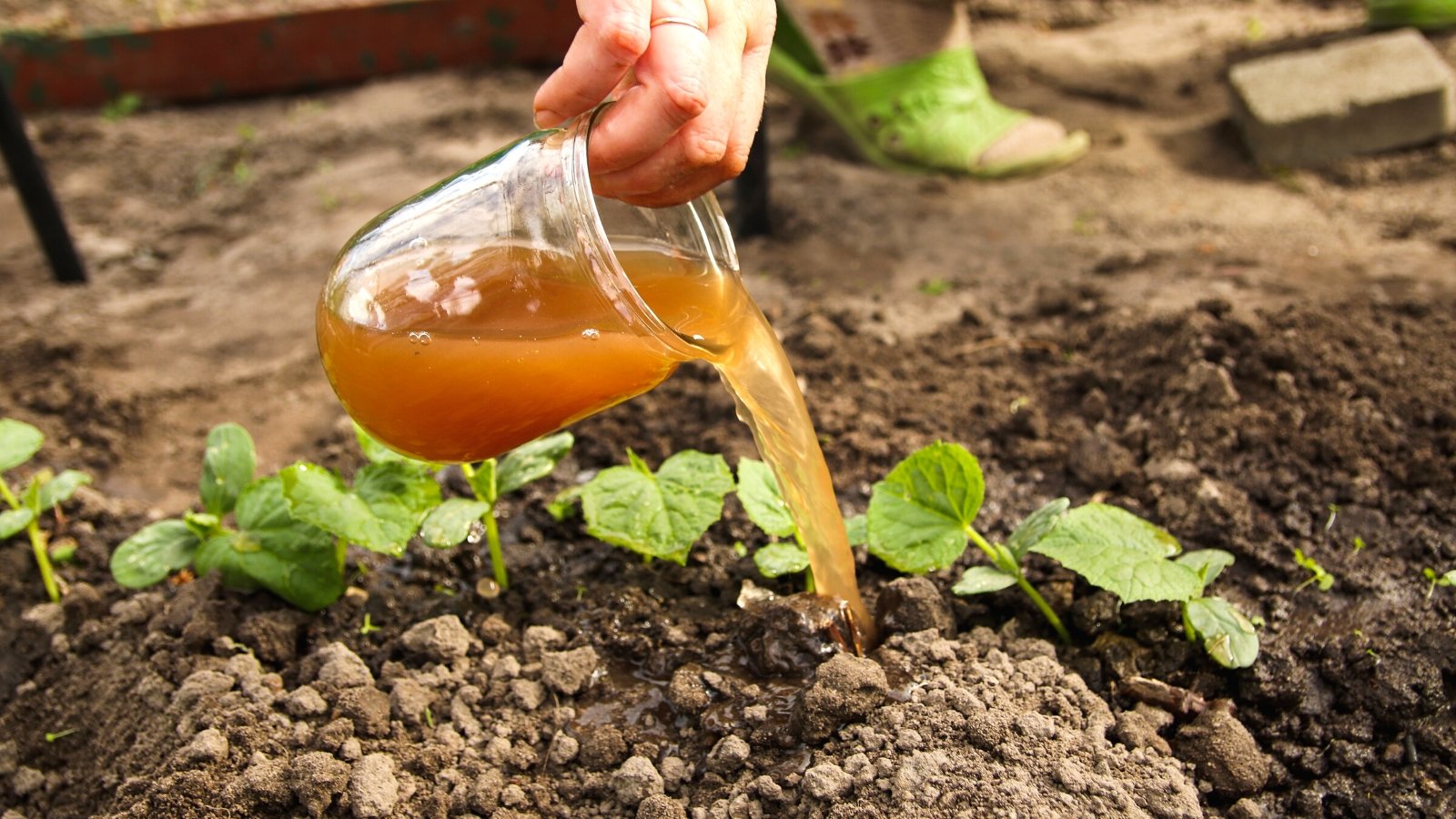

Balanced fertilizers embrace equal portions of nitrogen, phosphorus, and potassium. Some examples of balanced NPK ratios embody 3-3-3 and 15-15-15. Whereas these fertilizers all apply the similar ratio of macronutrients, they apply fully completely different portions of nutritional vitamins. For example, you would want to use 5 cups of 3-3-3 fertilizer to provide the similar amount of nutritional vitamins present in a single cup of 15-15-15 fertilizer.
Within the occasion you don’t know the nutrient composition of your soil, balanced fertilizers are a wonderful alternative to start out out with. Pure liquid fertilizers have the underside impression as correctly.
Vegetative Fertilizers


Should you want to help the vegetative progress of houseplants, greens, and completely different vegetation, go for a fertilizer with additional nitrogen than phosphorus and potassium. The extra nitrogen will help vegetation as they develop and develop new leaves. Fertilizers with NPK ratios of 6-2-2 or 10-3-4 are good decisions for the vegetative progress stage.
Flowering Fertilizers
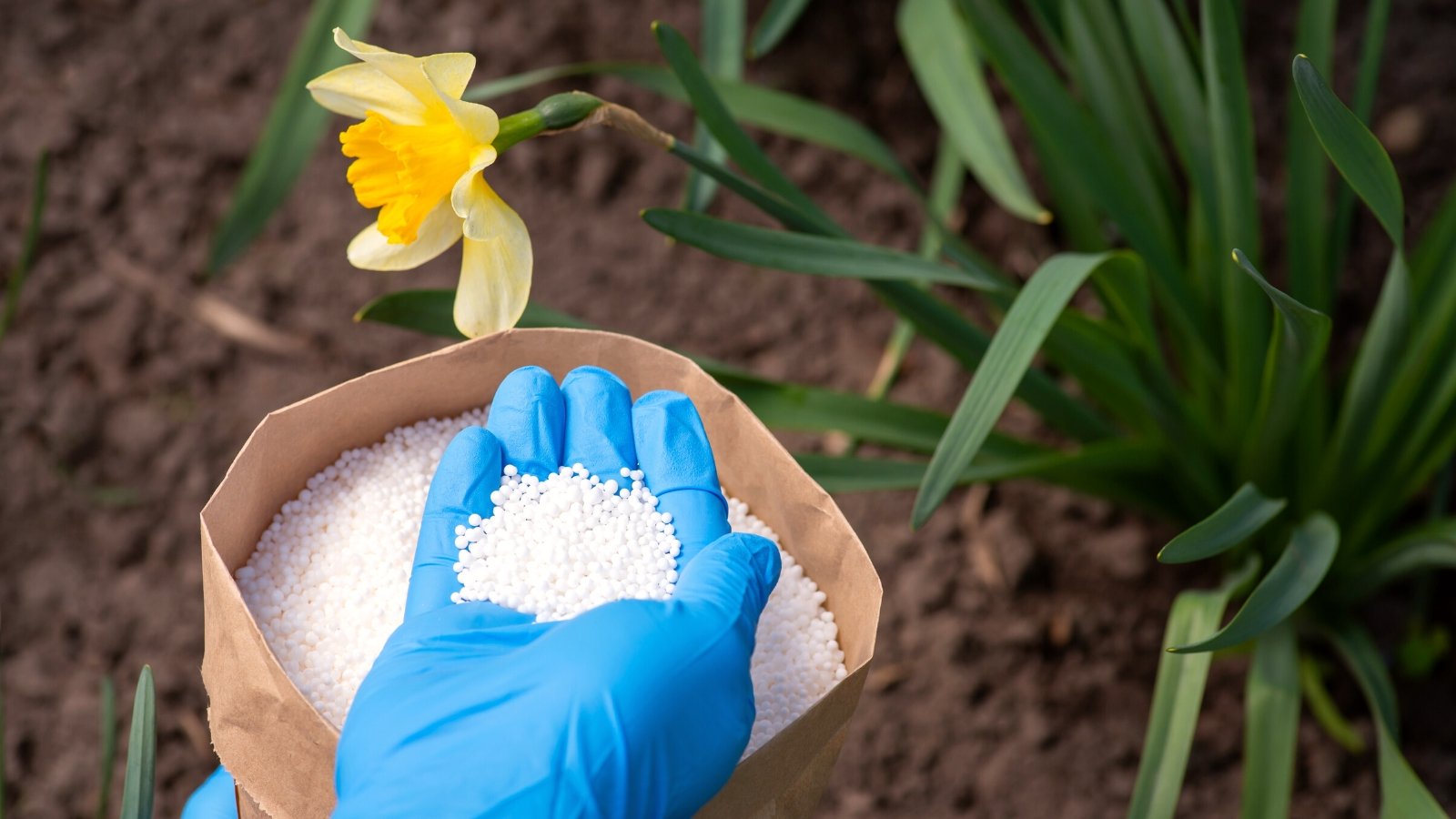

When your tomato vegetation begin producing blooms or your rose vegetation are capable of flower, swap to a fertilizer with an NPK ratio that encourages flower and fruit manufacturing. These fertilizers embrace bigger portions of phosphorus. Some NPK ratios that work correctly for flowering vegetation embody 4-8-5 and 3-6-3.
Final Concepts
Understanding what NPK means will help put you on the path of deciding on a suitable fertilizer. Not solely is it very important to make use of the precise nutritional vitamins, nevertheless it’s moreover essential to make use of the acceptable ratio. Within the occasion you’re undecided what NPK is biggest to your vegetation, conduct a soil check out and search the recommendation of consultants regarding the outcomes.
[ad_2]
Provide hyperlink
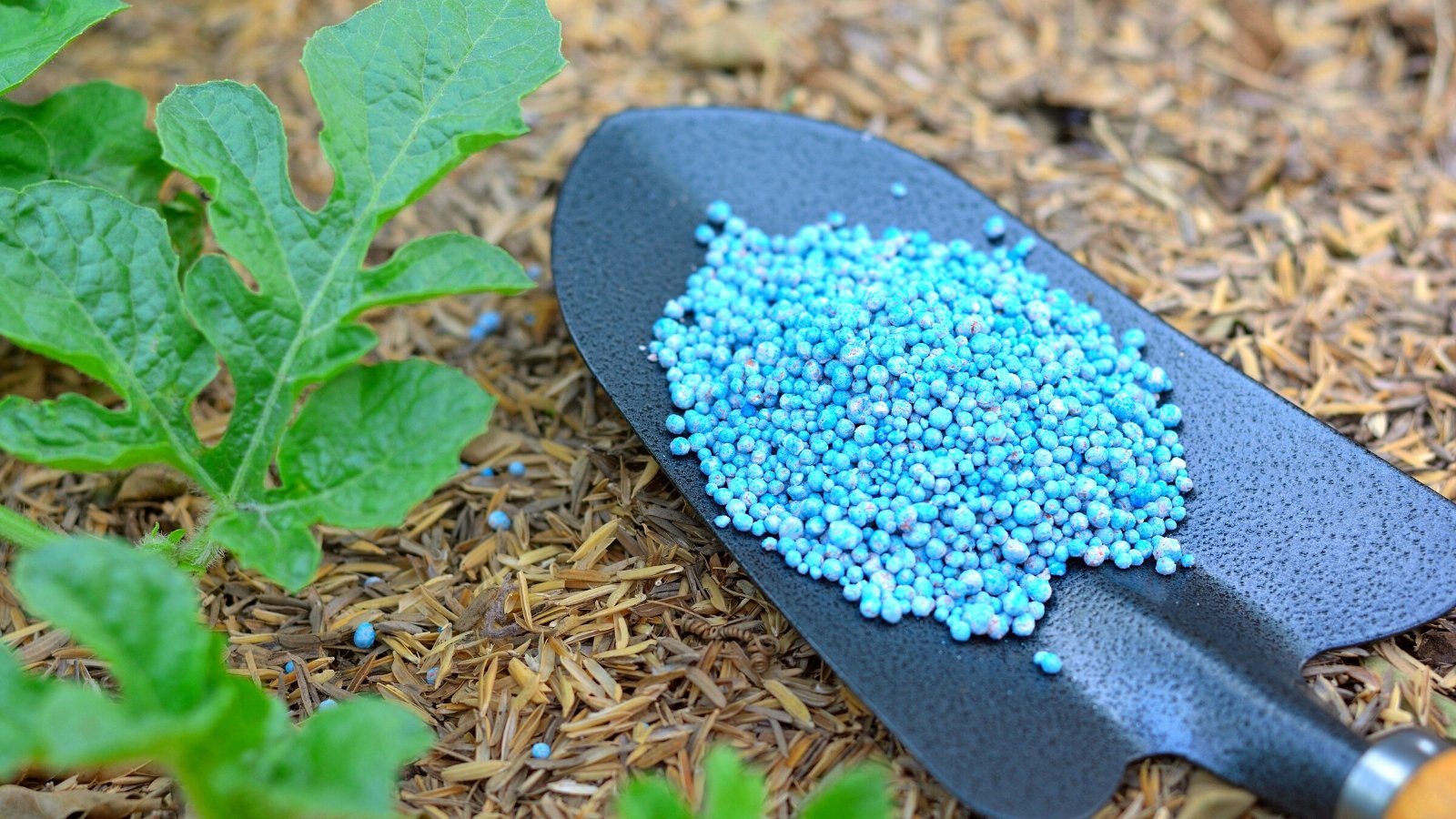



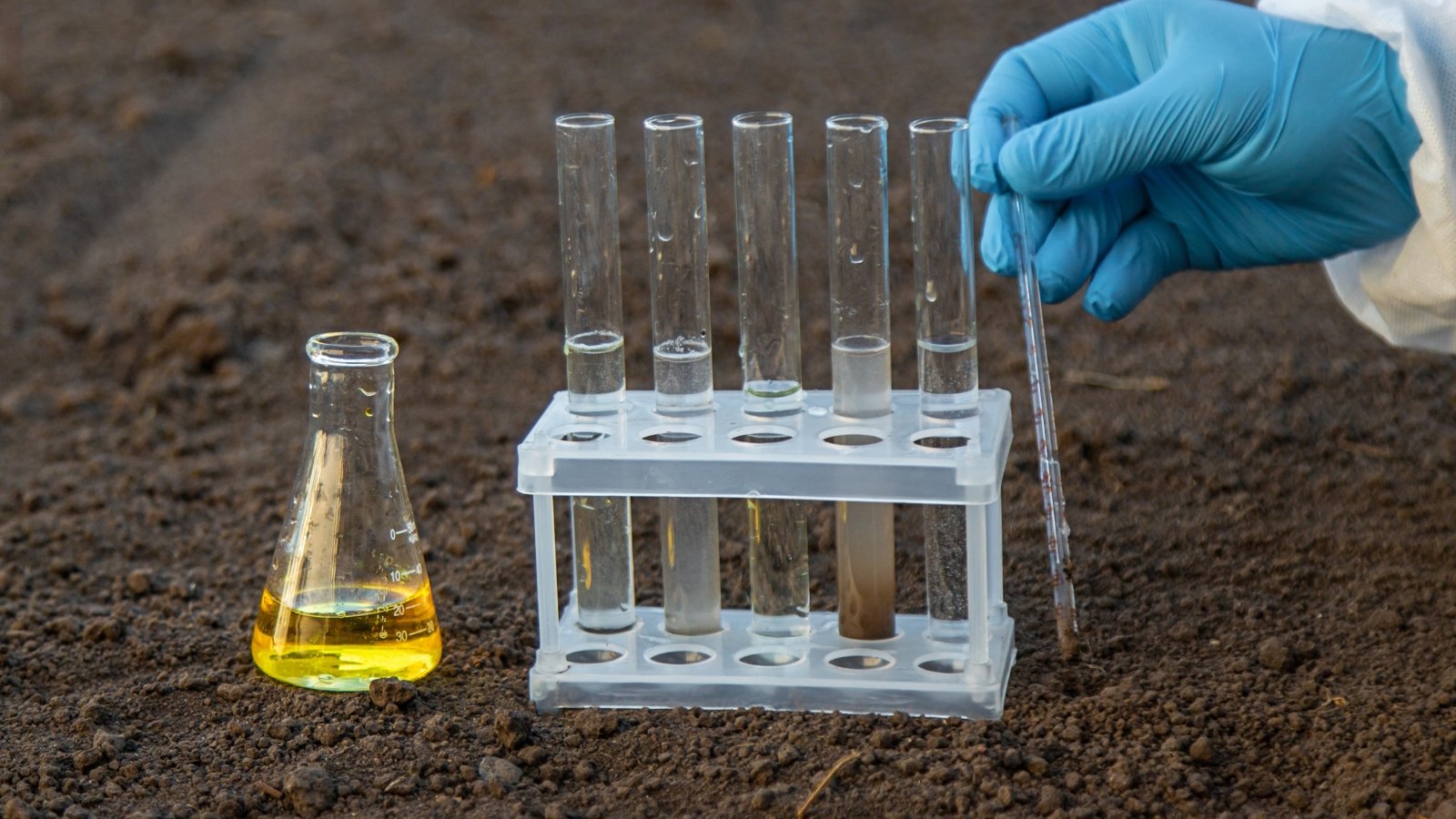

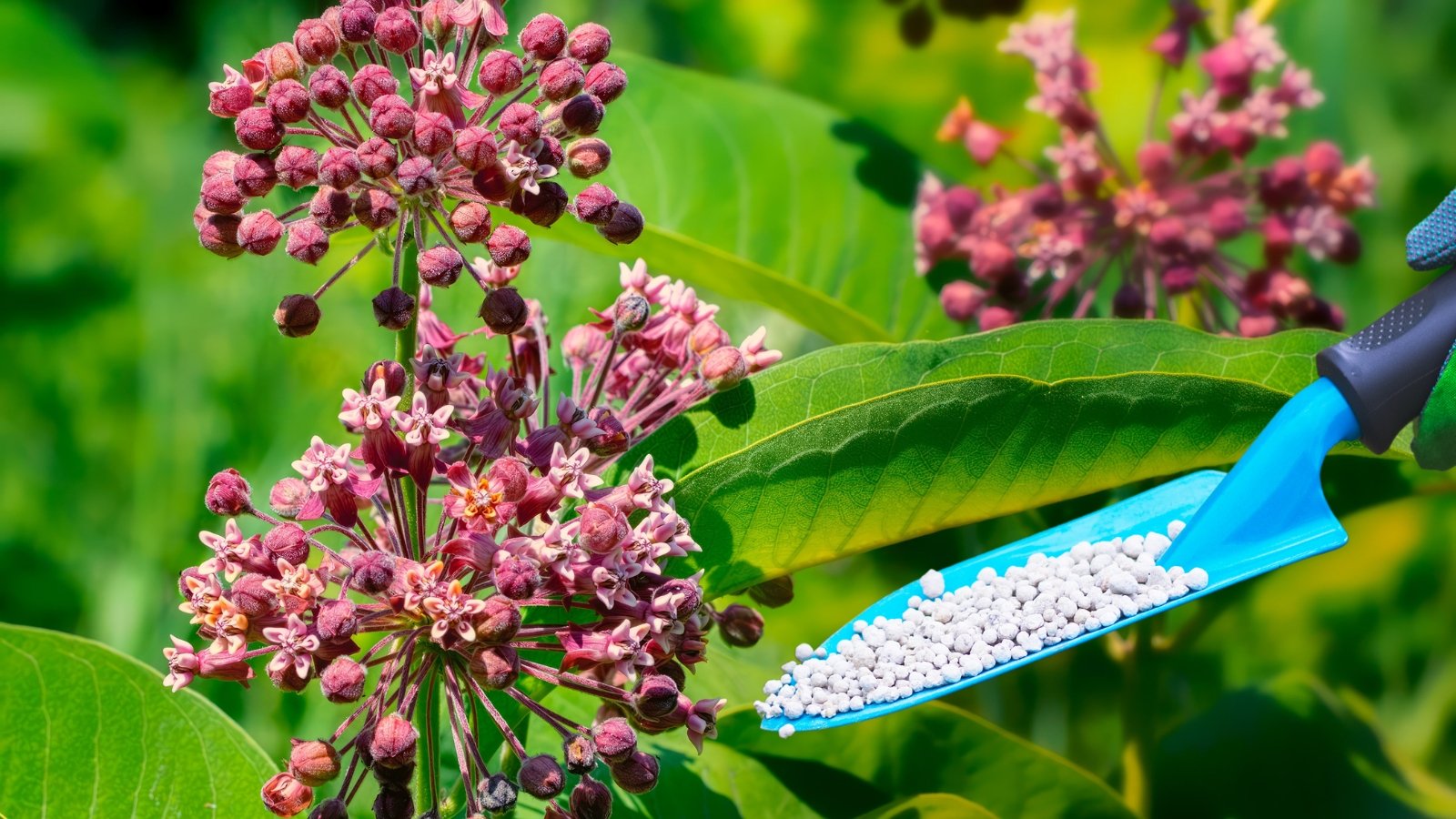



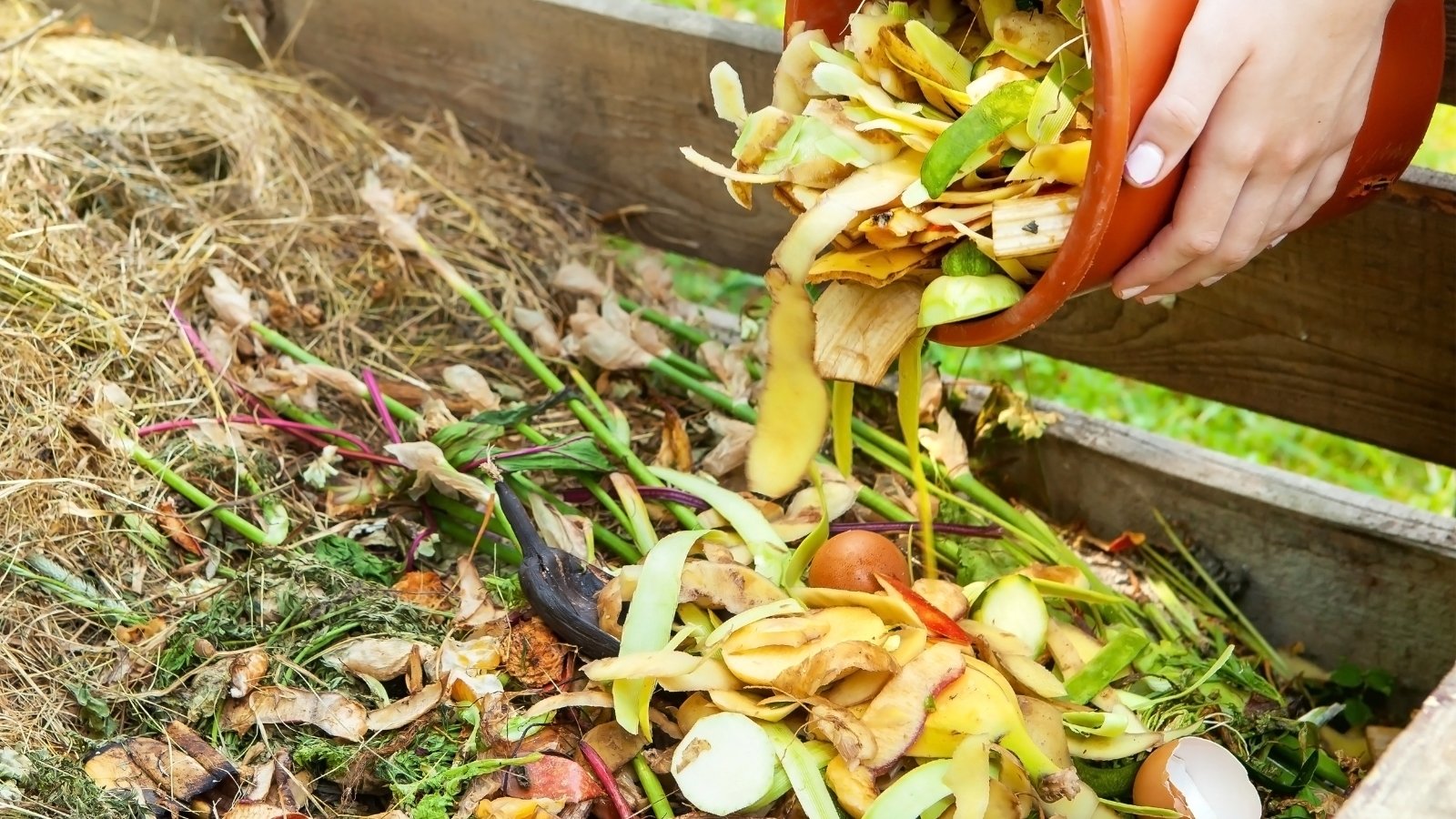



Leave a Reply